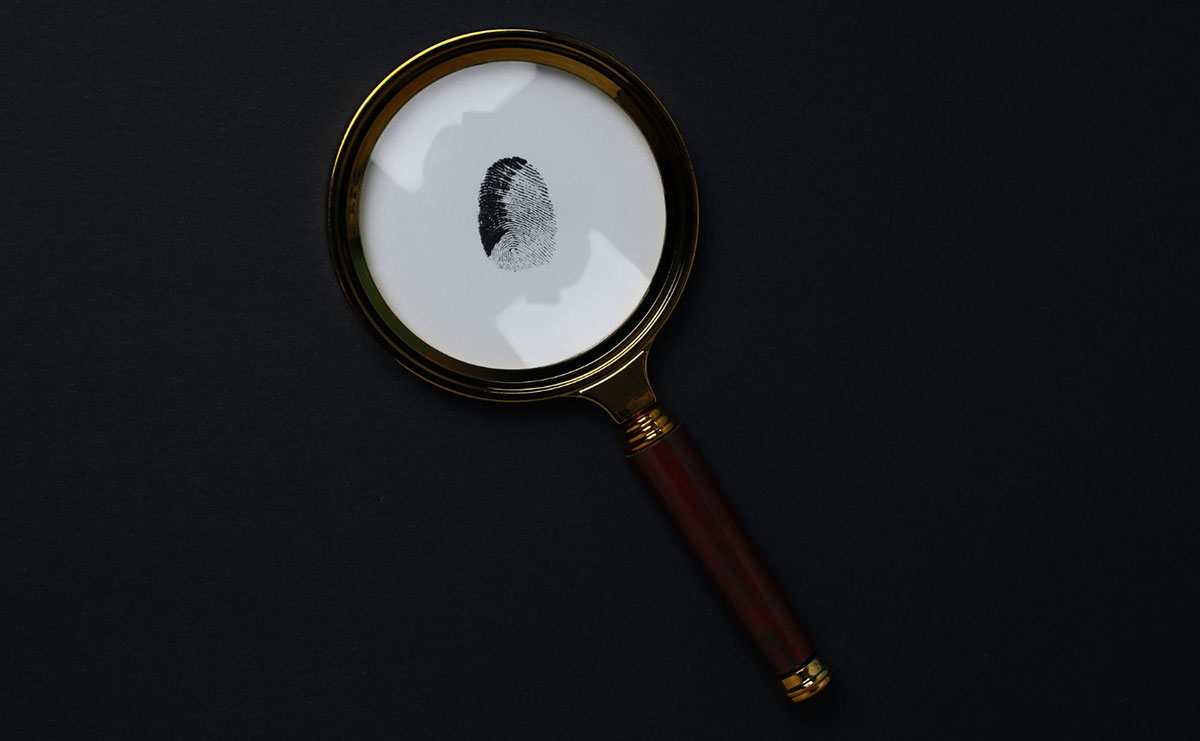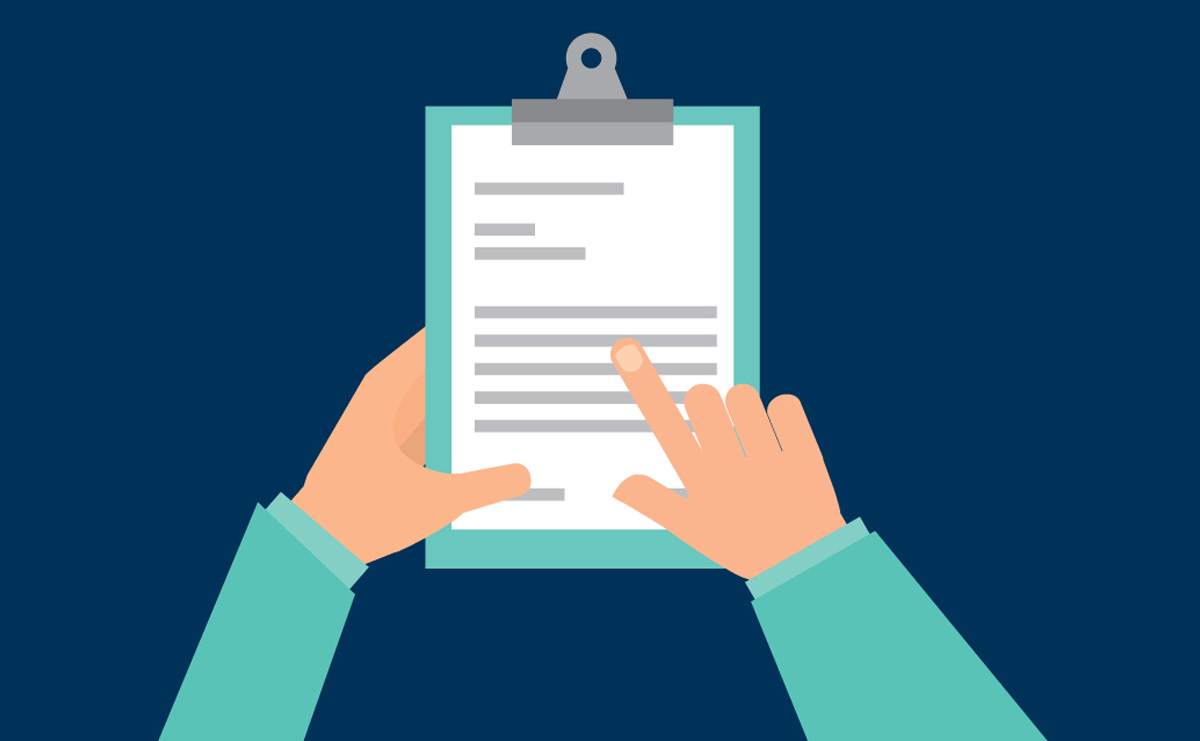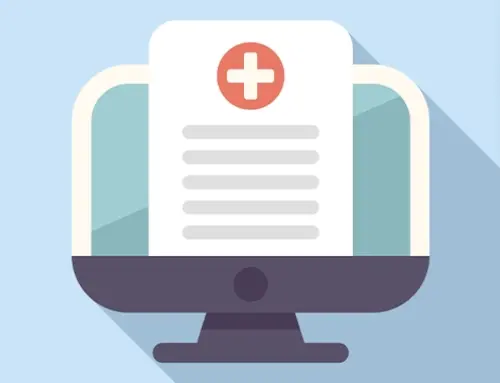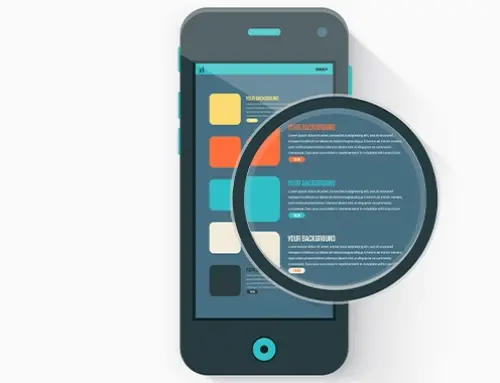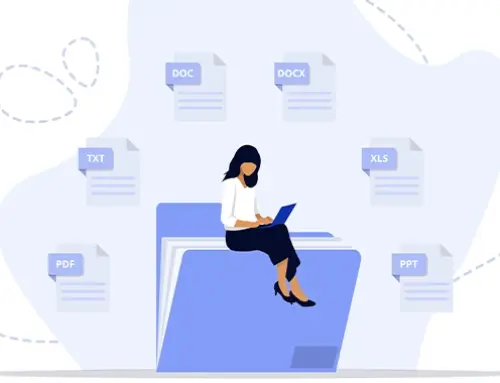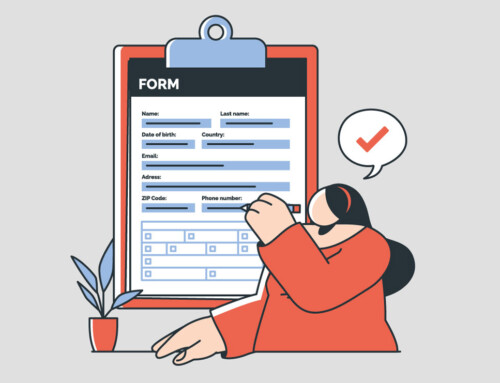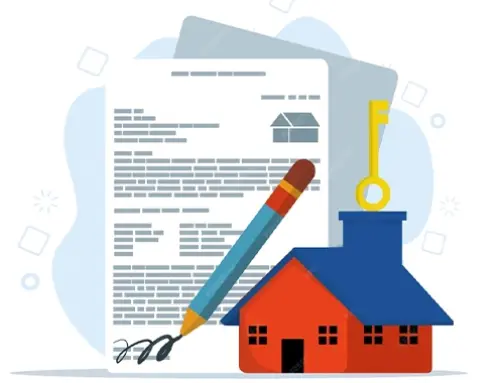Contents
Benefits and Challenges of Using Rules of Evidence Cheat Sheet
A Rules of Evidence Cheat Sheet is a handy, straightforward guide that breaks down essential legal principles and courtroom evidence rules. It is a quick-reference tool often used by lawyers, law students, and legal professionals to refresh their memory on key evidentiary rules without sifting through dense legal texts. These cheat sheets usually focus on the most important aspects of evidence law, like the Federal Rules of Evidence (FRE) in the U.S. or equivalent rules in other regions, making it easier to navigate courtroom procedures confidently. A well-organized federal rules of evidence cheat sheet can be a lifesaver when objections arise unexpectedly in the courtroom.
Benefits of Using Rules of Evidence Cheat Sheet
Using a Rules of Evidence Cheat Sheet offers several benefits for legal professionals, law students, and others involved in legal proceedings. A federal rules of evidence cheat sheet is an essential part of any litigator’s toolkit, especially when dealing with complex evidentiary challenges. Here is a breakdown:
1. Quick Reference
A Rules of Evidence Cheat Sheet is a practical tool for quick access to critical evidentiary guidelines. It allows legal professionals to find the information they need without having to sift through dense legal texts, making it ideal for situations that demand rapid decision-making, such as in court or during depositions.
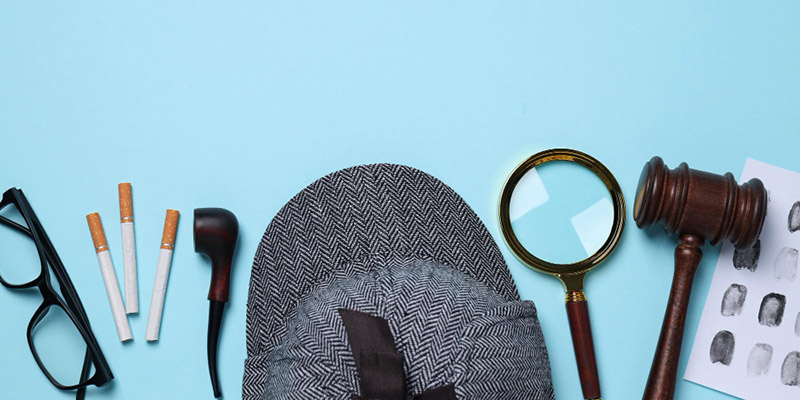
2. Efficiency in Courtroom and Pre-Trial Settings
By summarizing the most commonly used evidentiary rules, a cheat sheet helps lawyers prepare more effectively for both pre-trial and trial proceedings. It ensures they are ready to handle objections, evaluate evidence admissibility, and anticipate challenges during litigation. Preparing for trial is much easier with a federal rules of evidence cheat sheet summarizing key principles of admissibility.
3. Enhanced Accuracy and Compliance
Using a cheat sheet minimizes the risk of errors when applying evidentiary rules. It provides a clear and concise reference, ensuring that legal professionals remain compliant with procedural standards and not overlook essential aspects of evidence admissibility.
4. An Educational Resource for New Learners
A cheat sheet is an excellent learning tool for law students and newly practicing attorneys. It simplifies complex rules and presents them in a digestible format, making it easier to understand foundational legal principles and how they apply in practice.
5. Boosting Strategic Planning
A cheat sheet equips lawyers with the tools to identify potential evidentiary issues and formulate strategies accordingly and proactively. This foresight allows for better argument structuring and more persuasive presentations in both written briefs and oral arguments.
6. Simplifying Complex Rules
Evidentiary rules can often be intricate and difficult to navigate, especially under time constraints. A cheat sheet distills these complexities into straightforward points, sometimes including charts or examples, making the information more accessible and actionable.
7. Time and Cost Savings
Relying on a cheat sheet reduces the time spent consulting voluminous legal texts, which can be both time-consuming and costly. It is a cost-effective tool for quick reference, benefiting legal professionals and students alike.
8. Increasing Confidence in High-Pressure Situations
A cheat sheet on hand boosts confidence, particularly in high-stakes scenarios like courtroom trials. It ensures that lawyers respond to challenges promptly and with authority, reducing stress and enhancing overall performance.
9. Customization for Specific Needs
Cheat sheets can be tailored to meet the specific needs of a jurisdiction or area of law. This adaptability makes them a valuable resource for specialized practices or for addressing unique legal challenges in a particular case.
10. Collaboration and Team Efficiency
In addition to individual benefits, cheat sheets are helpful for team environments. They ensure consistency across team members, from paralegals to senior attorneys, and serve as an effective training resource for new hires, ensuring everyone is on the same page regarding evidentiary rules.
Challenges of Using Rules of Evidence Cheat Sheet
Using a Rules of Evidence Cheat Sheet can be a valuable resource for lawyers, but it is challenging. One of the primary issues is oversimplification. Cheat sheets are designed to condense complex legal concepts, which can result in critical nuances being overlooked. This could lead to misapplication of the rules in specific scenarios. To address this, the cheat sheet should include references to full rules or authoritative sources for a deeper understanding when needed.
Another challenge is the issue of contextual variability. The rules of evidence often differ depending on the jurisdiction, type of court, or whether the case is civil or criminal. A general cheat sheet may not capture these differences, causing confusion. To mitigate this, it is essential to tailor the cheat sheet to the specific jurisdiction and indicate its scope and applicability.
The dynamic nature of evidence law also poses a challenge. Frequent updates to the rules, either through legislative changes or judicial interpretations, can make a cheat sheet outdated. To maintain its usefulness, lawyers must ensure the cheat sheet is regularly reviewed and updated to reflect the latest legal standards and case law.
In addition, nuanced cases can expose a cheat sheet’s limitations. While it is a handy tool for quick reference, it may lack the depth required to address unique or complex situations. Lawyers should view the cheat sheet as a supplement to comprehensive legal research rather than a stand-alone solution, especially for intricate cases.
There is also the risk of over-reliance on the cheat sheet, which may lead lawyers to neglect more thorough analyses of the rules of evidence relevant to their cases. To avoid this, the cheat sheet should be used as a preparatory tool, complementing a detailed legal strategy rather than replacing it.
The format and organization of a cheat sheet can also present challenges. A poorly designed layout or unclear formatting might hinder usability, especially in high-pressure situations. Organizing the cheat sheet into clearly labeled sections, with concise headings and bullet points, can make it more effective and user-friendly.
Another issue is the practicality of using the cheat sheet in court. While it is useful during preparation, relying on it too visibly during proceedings might appear unprofessional or invite scrutiny from opposing counsel. Memorizing key points from the cheat sheet and using it discreetly as a backup can help avoid this perception.
Finally, ethical concerns must be considered. Misusing or misinterpreting the cheat sheet could lead to procedural errors or attempts to introduce inadmissible evidence, potentially resulting in ethical violations. Ensuring the cheat sheet aligns with ethical guidelines and is thoroughly vetted against applicable rules will help maintain professional standards.
A Rules of Evidence Cheat Sheet can be an effective and reliable tool for legal professionals by proactively addressing these challenges.
Best Practices for Legal Practitioners Using Evidence Cheat Sheets
To maximize the benefits while minimizing the challenges of using cheat sheets, legal practitioners should adopt the following best practices:
- Verify Accuracy and Relevance: Ensure the cheat sheet is accurate, up-to-date, and aligned with the rules of evidence specific to the applicable jurisdiction.
- Use as a Supplement, Not a Substitute: Remember, a cheat sheet is a quick reference tool designed to complement, not replace, thorough legal research and a deep understanding of evidentiary rules. It is there to assist, not to take over.
- Customize for Specific Needs: Adapt cheat sheets to address the unique requirements of your practice area or the particular types of cases you handle.
- Pair with Comprehensive Training: To truly make the most of your cheat sheet, it is essential to enhance its use with ongoing education. This could be through workshops, professional training, or other forms of learning that help solidify a strong foundational knowledge of evidence rules.
- Regularly Review and Update: As a responsible legal practitioner, it is crucial to stay informed about changes in evidentiary laws and court rulings. Regularly revising cheat sheets is a testament to your accountability and diligence in maintaining accuracy and reliability.
By following these practices, legal professionals can effectively use cheat sheets as a practical resource while maintaining high standards of competence and diligence.
Final Thoughts
A Rules of Evidence Cheat Sheet is an invaluable resource for legal professionals, offering a concise and efficient way to navigate complex evidentiary rules. It enhances preparation, boosts confidence, and provides quick access to critical information during high-pressure situations. However, it is essential to recognize its limitations. While a cheat sheet simplifies legal principles, it cannot replace in-depth legal research or a thorough understanding of the law. The federal rules of evidence cheat sheet included critical rules about relevance, hearsay, and privilege, making it an essential tool for litigation preparation.
To maximize its benefits, legal practitioners should use it as a complementary tool, ensuring it is accurate, up-to-date, and tailored to their jurisdiction. Regular review, customization, and pairing it with continuous learning will ensure the cheat sheet remains a reliable asset in the ever-evolving landscape of evidence law. By combining the practicality of a cheat sheet with diligent legal practice, professionals can enhance their efficiency, accuracy, and overall effectiveness in the courtroom.
Take Your Legal Team to the Next Level with RunSensible
Empower your legal team with tools to simplify workflows, enhance collaboration, and optimize performance. RunSensible provides a comprehensive suite of features for legal teams, including robust case management, contract lifecycle tracking, and automated compliance tools. With intuitive document management, seamless client communication, and real-time analytics, your team can focus on delivering results rather than juggling administrative tasks.
Whether you are managing contracts, handling client intake, or overseeing legal operations, RunSensible equips your team with the technology to work smarter, not harder. Explore how RunSensible’s all-in-one platform can revolutionize your legal department today and keep your organization ahead in a competitive legal landscape. Request a demo now and see how RunSensible can transform your team’s efficiency!
FAQs
1. What is the best evidence rule?
The best evidence rule is a legal principle in evidence law that requires the original document, recording, or photograph to be presented as evidence in court when its content is at issue. This rule secures the accuracy and reliability of evidence by preventing reliance on secondary or less accurate copies.
2. How do you know if evidence is admissible or inadmissible?
Determining whether evidence is admissible or inadmissible involves assessing it against established legal rules and principles. To be admissible, evidence must be relevant, meaning it directly relates to the case and makes a fact more or less probable. It must also be reliable, credible, and authenticated to ensure its legitimacy. Evidence that breaches legal privileges, such as attorney-client or doctor-patient privilege, is generally inadmissible. Additionally, the probative value of the evidence must outweigh any potential prejudice, confusion, or misleading impact it could have on the jury or judge. Evidence collected unlawfully, such as through illegal searches, is excluded under rules like the “exclusionary rule.” Admissibility also depends on compliance with procedural and jurisdictional requirements, such as the Federal Rules of Evidence in the U.S.
3. What is character evidence and habit evidence?
Character evidence refers to testimony or documentation offered to prove that a person acted in a particular way on a specific occasion based on their character or disposition. Meanwhile, habit evidence refers to evidence of a person’s regular, automatic response to a specific set of circumstances, offered to show they likely acted the same way in a particular situation.
4. Can a party attack the credibility of a witness?
Yes, a party can attack the credibility of a witness in both civil and criminal trials. This is known as the impeachment of a witness, and it is a fundamental aspect of the adversarial legal system. The goal is to challenge the witness’s testimony’s reliability, honesty, or consistency to diminish its impact on the case.
Disclaimer: The content provided on this blog is for informational purposes only and does not constitute legal, financial, or professional advice.
